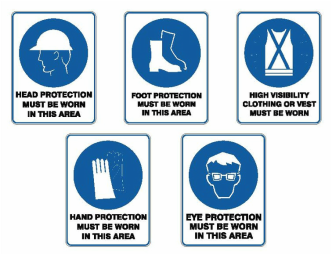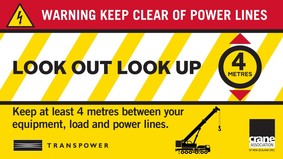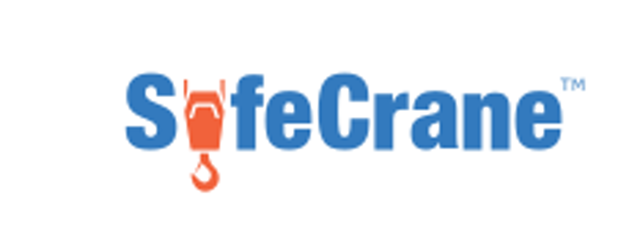|
A crane is a complex three dimensional hazard The following page lists some of the common hazards found when working around Cranes. This list is by no means exhaustive. PPEThe following PPE should be worn when working with cranes. Power LinesAlways look up. Power is a major hazard for Cranes. Cranes must stay 4 metres away from any line. You should also use a spotter when working near power lines. Use non-conductive tag lines and if possible earth the crane. Transpower Contacts.If you intend to operate equipment near our transmission lines, please contact us at any of the numbers below to arrange a safety observer •Transpower - 0508 LANDOWNER •Service providers •North Auckland/Northland: Ox Wightman 029 771 1825 •South Auckland/Waikato: Les McKenzie 021 945 284 •Bay of Plenty: Jessie Phillips 027 600 5377 •Taranaki and Central North Island: Andy Ward 021 357 935 •Lower North Island/Hawke’s Bay: Stephen Howard 027 490 9464 •Nelson/Marlborough/West Coast: Isaac Hurst 027 535 5255 •North Canterbury: Ron Mackenzie 027 435 6240 •South/Mid Canterbury: Myles Stichman 027 477 9693 •Otago/Southland: Jimmy Cormack 021 357 996 Ground Conditions / Underground ServicesCrane operators MUST be informed of any underground hazards. Underground hazards include:
People and PlantCrane operations must take into account people and plant moving on site. The risk include plant striking other plant, equipment, personnel, materials etc - (personnel / static object)
Dropped LoadsNEVER walk beneath a suspended load. Always: 1. Wear your hard hat 2. Create exclusion zones 3. Check rigging is appropriate for the task 4. Check the load is free from objects that could fall 5. Keep the load low to the ground when possible 6. Use a tag line where possible 7. Use horn to warn personnel ALL Lifting MUST STOP if an exclusion zone is breached. New Zealand Law has serious fines associated to raised and falling objects. See here. Crush InjuriesAlways make sure the operator of the crane can see you. If approaching the crane the crane operator MUST make eye contact with you before you enter the crane's exclusion zones or outrigger zone. Be aware of:
WeatherEnvironmental Conditions (personnel / environmental)
WindWind speed is critical for safe crane operations. The following information is guidance only on safety precautions that should be considered for wind.
LightningDuring thunderstorms, a crane boom can become a lightning rod. When thunderstorms threaten, don’t start anything you can’t quickly stop. During thunderstorms, no place outside is safe. But you can minimize your risk by assessing the lightning threat and taking the appropriate actions. Count the number of seconds from when you see the lightning flash until you hear the thunder. If you hear thunder, lightning may be close enough to strike you. Stop what you’re doing and seek safety in a substantial building. If a substantial building is not available, a metal-topped vehicle with the windows up is your next best choice. AS A GENERAL PRECAUTION YOU SHOULD NOT RESUME CRANE WORK ACTIVITIES UNTIL 30 MINUTES AFTER THE LAST AUDIBLE THUNDER OR VISIBLE FLASH OF LIGHTNING. Oil Leaks / Fuel SpillsCranes bring Oil, Hydraulic Oil and Diesel to the Workplace. A spill kit and spill response plan should be developed. Plant MovementsCranes and other plant moving on site present a clear hazard. You should always establish a spotter for movements and reversing operations. OverloadingCranes are rated to lift different loads based on a number of conditions, rigging is also rated to lift loads based on its configuration and WLL. These factors are critical for the lift to be safe. It's therefore critical that you work with a reputable company with experienced and competent operators, dogman / riggers who use tools like like Lift and Rigging Plans to ensure every lift is a safe lift. ResourcesComments are closed.
|
Archives
October 2018
Categories |



 RSS Feed
RSS Feed
